We add a group of hydrosaurs for the first time to our park
hace 4 yearsIt is a species that is in a vulnerable state of conservation and is included in the IUCN Red List of threatened species
At Terra Natura Benidorm we have expanded our family with the incorporation of four Philippine crested hydrosaurs (Hydrosaurus pustulatus) from the Zoo of Barcelona. It is a species whose conservation is in a vulnerable state, according to the IUCN (International Union for Conservation of Nature) and which is included in the red list of threatened species.
The arrival of this species, which belongs to the agamid family, will help to increase biological diversity and also expand educational knowledge and promote awareness of the conservation problems that they suffer in their ecosystems and natural environments.
There are four young hydrosaurs which sex has not been determined it yet. They share a similar size, around 10 centimetres long and when they reach the adult stage, in about one year, they triple their size up to one metre long in the case of males and a little bit less in the case of females.
These agamids have a body colour between green and yellow with brown and lighter tones in the lower part of their body. The tail of males is usually sail-shaped and they remind us of ships and have bluish tones on the face and some areas of the body. The integration of this new group in the facilities of Terra Natura Benidorm is part of an exchange agreement established with the Barcelona Zoo. Both institutions are part of AIZA and EAZA.
The terrarium of those animals is equipped with humidification and heating systems, as they are cold-blooded animals. The space where they live reproduce the conditions of the ecosystem in order to promote their well-being.
Hydrosaurs are original from the Philippine Islands. Within its morphology, stands out the crest with tooth-shaped scales that they have from the neck to the back, which provides them the necessary propulsion to swim in the water, to regulate their temperature and is an important element when it comes to marking their territory. The appendages on their fingers helps them swimming and they can also move fast on the surface of the water in the young stage when they are not very heavy.

